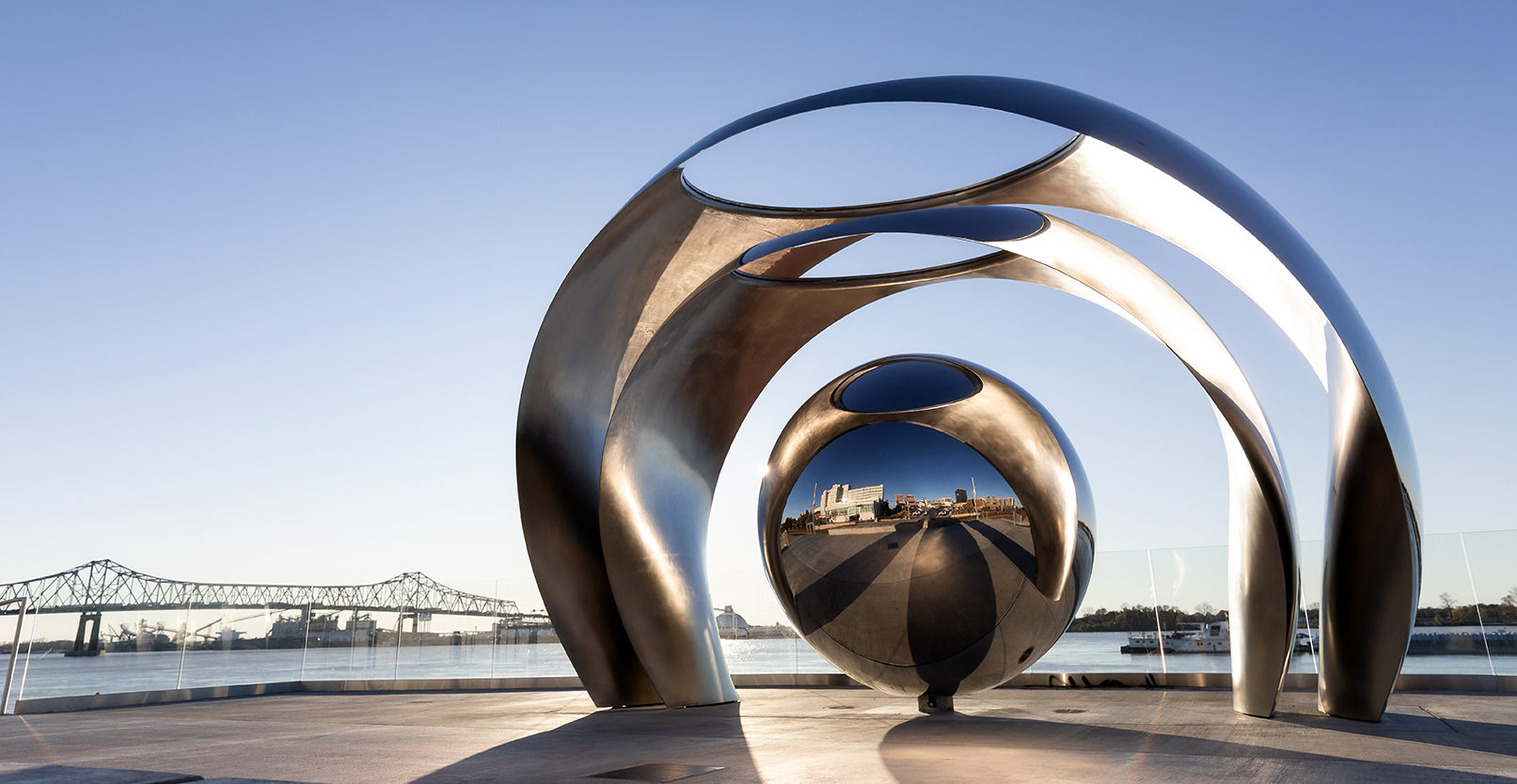
How does downtown Baton Rouge stack up against other emerging downtowns?
At the Downtown Development District’s meeting this week, Executive Director Whitney Hoffman Sayal shared the findings of an International Downtown Association study comparing downtown Baton Rouge with other comparable U.S. downtown areas.
The IDA classifies downtowns into three tiers defined by stage of development: established, growing and emerging. Baton Rouge falls into the “emerging” tier, alongside cities like Birmingham, Alabama; Little Rock, Arkansas; and Tampa, Florida. Emerging downtowns do not yet have the high citywide significance in terms of jobs and residents that more established downtowns do, but they do have “substantial potential” for growth, according to the IDA.
Here are the key findings of the study:
|
|
• Between 2015 and 2020, downtown Baton Rouge employment grew by 7%. Other emerging downtowns saw their employment fall by 1% over the same period.
• Despite occupying less than 5% of the city’s land area, downtown Baton Rouge is home to 20% of the city’s jobs, compared with 17% in other emerging downtowns.
• Downtown Baton Rouge’s retail sales account for 4.6% of citywide retail sales, compared with 6% in other emerging downtowns. Downtown Baton Rouge’s retail sales totaled $50.4 million per square mile in 2023, compared with $302.6 million per square mile in other emerging downtowns.
• Downtown Baton Rouge has seven hotels with 1,175 hotel rooms. Other emerging downtowns, on average, have 15 hotels with 3,638 hotel rooms.
• Downtown Baton Rouge’s residential population grew by about 16% from 2012 to 2021, significantly outpacing East Baton Rouge Parish’s growth rate of 4% over the same period. Other emerging downtowns also grew by 16% over the same period.
• Downtown Baton Rouge is notable for its diverse population in terms of both age and race. Downtown is home to a balanced distribution of ages, and 70% of its residents identify as Black or African American. “Disparities are evident,” however, primarily due to the dividing presence of Interstates 10 and 110.
• Downtown Baton Rouge’s bike score and walk score—66 and 79, respectively—significantly exceed city averages. Other emerging downtowns have an average bike score and walk score of 70 and 80, respectively.
This story originally appeared in a Feb. 20 issue of Daily Report. To keep up with Baton Rouge business and politics, subscribe to the free Daily Report e-newsletter here.
|
|
|

